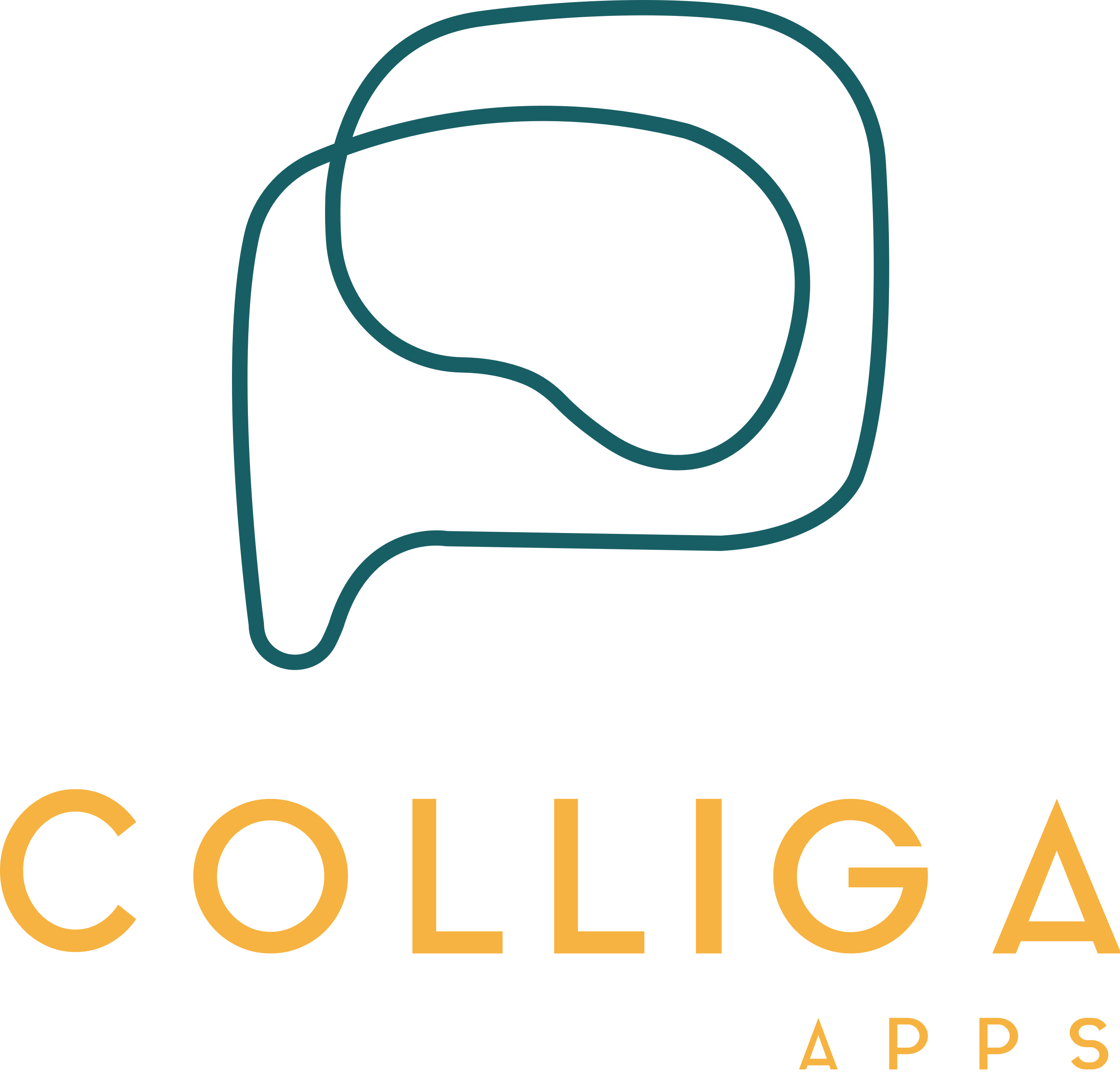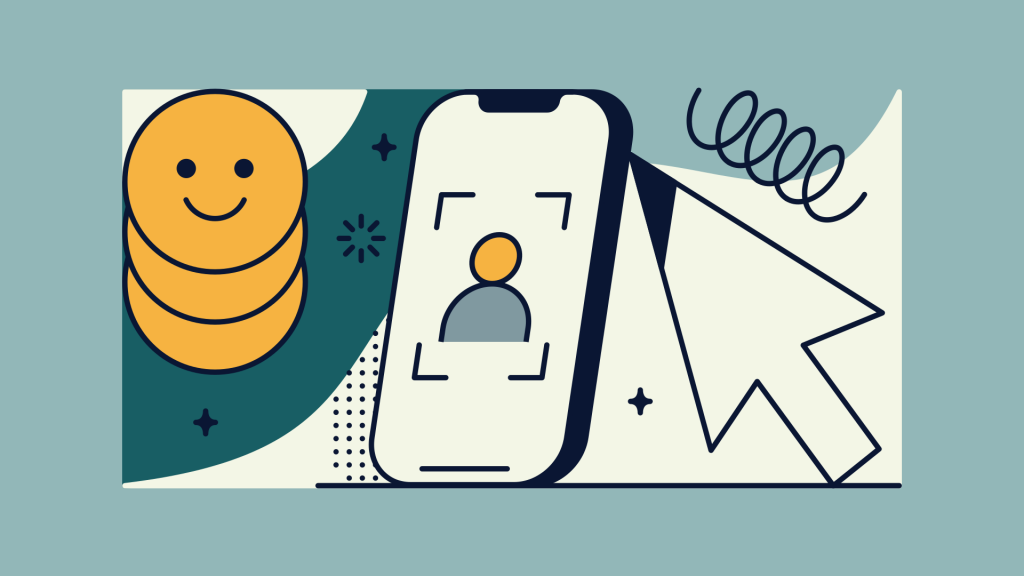Therapy can be a powerful way to improve mental health. Still, we can do a lot more to reach more people and make therapy more effective.
Therapy Is for Anyone, But Not Everyone Can Access It
Not Enough Therapists
There are extreme mental health provider shortages in the US, especially in rural counties where 47% have no working psychologists and 65% have no working psychiatrists.1 In metropolitan areas, need still exceeds demand. These shortages cause long waiting lists and high levels of therapist burnout.
Getting to Therapy Isn’t Easy
People in need of mental health care often don’t seek it. It can be hard to find the motivation to find a therapist, schedule an appointment, and make it to the session. Moreover, many other barriers can prevent people from attending therapy, including lack of health insurance, insufficient income to pay for sessions, and lack of transportation, time, and childcare. COVID-19 has exacerbated these problems. Stress levels have risen drastically since the start of the pandemic, coinciding with decreased access to in-person resources.2, 3
How Technology Increases Access
Reduce Therapist Burden
Technological wellness tools could lessen the burden on therapists. Some people could use apps preventatively to support wellness and manage stress. Other people could use a hybrid model, where a therapist monitors progress remotely through an app, either as a stand-alone treatment or in combination with traditional in-person sessions. Other people may require in-person therapy only. By providing a stepped care model facilitated by digital monitoring and intervention, we could meet our population’s needs more effectively.
Technological solutions could increase service utilization by providing low-cost, easy-to-access solutions immediately available in the palm of your hand.
Prompt and Convenient Care from Home
What if you could access treatment from home? Technological solutions could increase service utilization by providing low-cost, easy-to-access solutions immediately available in the palm of your hand. Providing tools and treatments remotely through an app reduces or eliminates many barriers that prevent people from seeking treatment.
Therapy Works, But Could It Work Better?
Science shows that therapy is effective for treating mental illness. At the same time, therapy doesn’t work for everyone.4 Approximately half of the people who receive treatment don’t respond or show minimal improvements.
Why doesn’t therapy work for everyone? One reason could be that skills learned in therapy do not always translate to the real world. Clients experience problems in their everyday lives and then must remember and describe them to their therapists later. Similarly, clients learn new skills in the office environment but must apply them in the real world–in a completely different environment and without their therapists’ support. Because stress can interfere with learning and memory, this can be especially difficult to do when feeling emotionally triggered.
How Technology Could Make Therapy More Effective
Apps make it possible to send real-time interventions (when the problem happens) in real-life (where it happens). Therapists can then use these technology systems to monitor clients’ behavior, send real-time feedback and prompts, see first-hand how well their treatment is working, and make adjustments as needed.
In the future, such treatments may incorporate artificial intelligence to sense and send interventions automatically. Artificial intelligence could also help psychologists learn what treatments work for which people. Treatment plans could become more individualized and adaptable to each unique need, potentially making them more useful.
Our team at Colliga builds data collection tools and technologies that researchers can use to address the limitations of traditional therapy. Technology can improve access to science-based wellness tools and treatment options. Our goal is to improve treatment relevance and responsiveness, decrease barriers to accessing care, and get care to those who need it.
1 Andrilla, C.H.A., Patterson, D. G., Garberson, L. A., Coulthard, C., & Larson, E. H. (2018) Geographic variation in the supply of selected behavioral health providers. American Journal of Preventive Medicine, 54, 199-207. doi: 10.1016/j.amepre.2018.01.004
2 American Psychological Association. (2020). Stress in American 2020 survey signals a growing national mental health crisis. American Psychological Association. Retrieved June 8, 2020, from https://www.apa.org/news/press/releases/2020/10/stress-mental-health-crisis.
3 World Health Association. (2020). COVID-19 disrupting mental health services in most countries, WHO survey. World Health Organization. Retrieved June, 8 2020, from https://www.who.int/news/item/05-10-2020-covid-19-disrupting-mental-health-services-in-most-countries-who-survey.
4 Campbell, L. F., Norcross, J. C., Vasquez, M. J. T., & Kaslow, N. J. (2013). Recognition of psychotherapy effectiveness: The APA resolution. Psychotherapy, 50, 98–101. doi: 10.1037/a0031817

